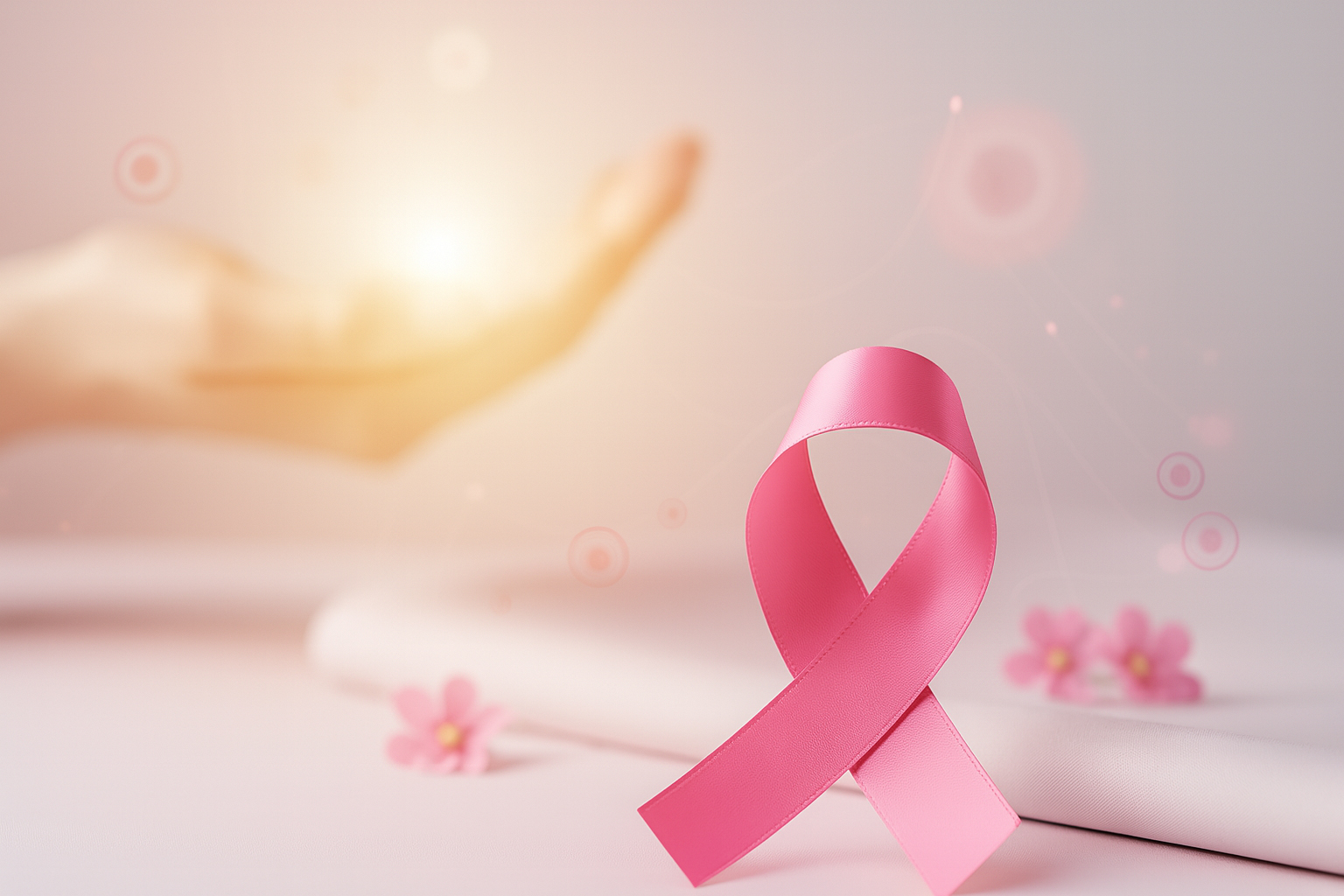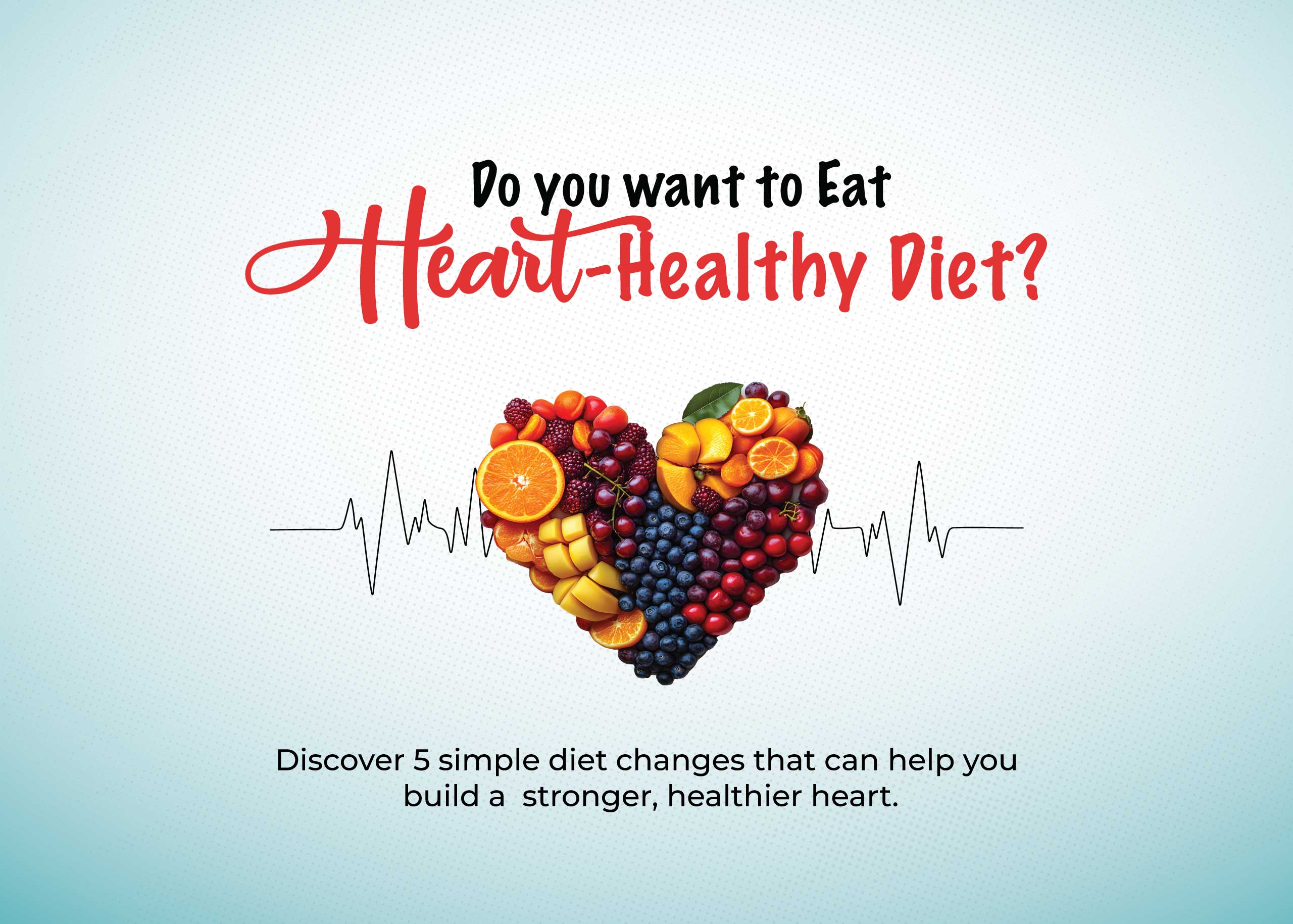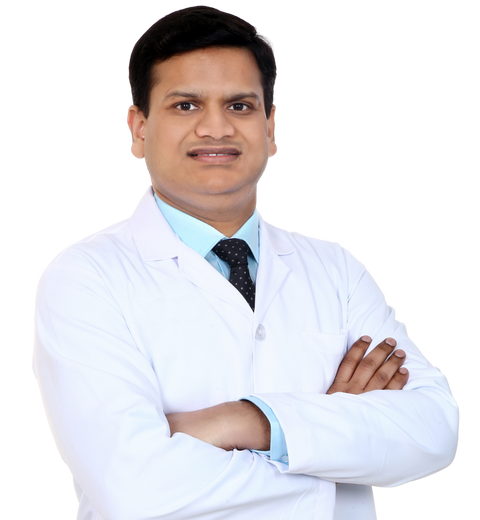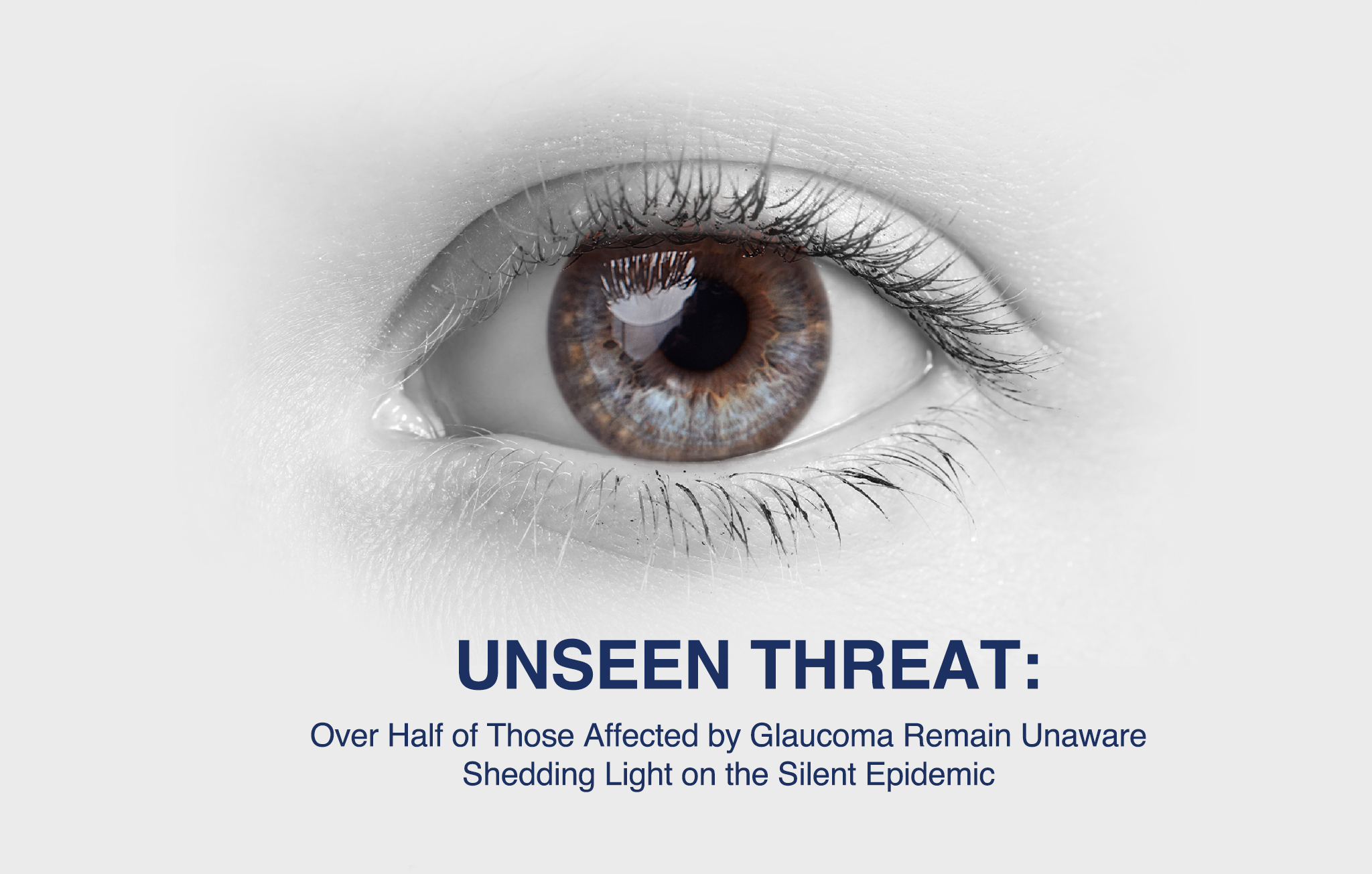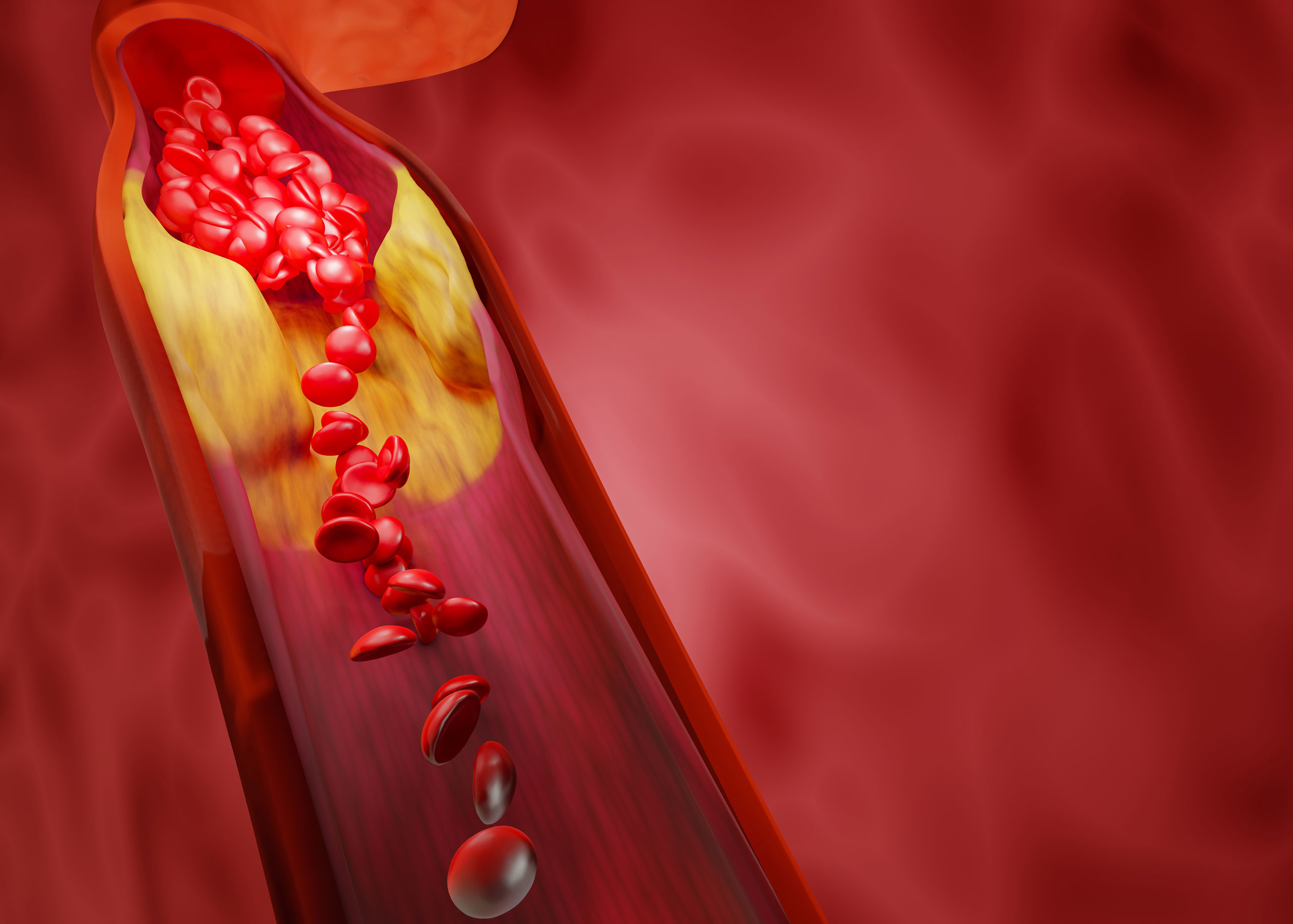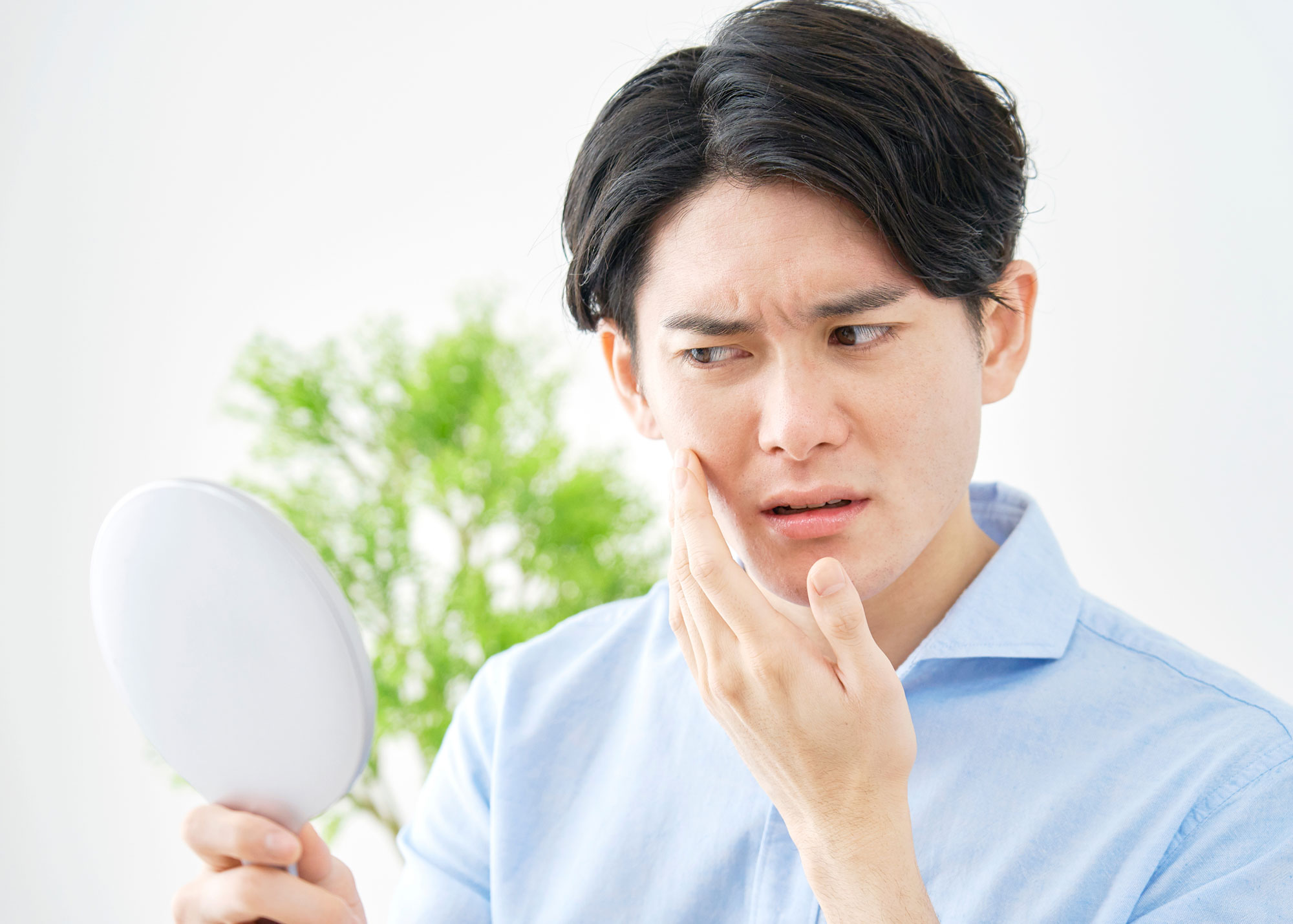Being diagnosed with breast cancer brings many difficult decisions, and one of the most important is choosing the right type of surgery. Two commonly recommended surgical options are lumpectomy and mastectomy. While both are effective treatments, they differ in approach, recovery, and long-term implications.
At Lifecare Hospital, our breast care specialists guide patients through every step—helping them understand their options and make confident, informed decisions tailored to their condition and personal preferences.
Understanding Breast Cancer Surgery
Breast cancer surgery aims to remove cancerous tissue while preventing recurrence and preserving quality of life. The type of surgery recommended depends on several factors, including:
- Size and location of the tumor
- Stage of cancer
- Genetic risk factors
- Overall health of the patient
- Personal preferences regarding breast preservation
Both lumpectomy and mastectomy are proven treatments, and survival rates are often comparable when appropriately selected.
What is a Lumpectomy?
A lumpectomy, also known as breast-conserving surgery, involves removing the tumor along with a small margin of surrounding healthy tissue, while keeping most of the breast intact.
Who is a Good Candidate for Lumpectomy?
Lumpectomy is generally recommended for:
- Early-stage breast cancer
- Single, small tumors
- Patients who can undergo radiation therapy
- Those who prefer breast preservation
Advantages of Lumpectomy
- Maintains natural breast appearance
- Less extensive surgery
- Shorter hospital stay
- Faster physical recovery
Important Considerations
Because only part of the breast is removed, radiation therapy is usually required afterward to reduce the risk of recurrence. This means ongoing treatment over several weeks following surgery.
What is a Mastectomy?
A mastectomy involves the removal of all breast tissue to eliminate cancer cells completely. In some cases, nearby lymph nodes may also be removed for evaluation.
Types of Mastectomy
- Simple (Total) Mastectomy: Entire breast removed
- Modified Radical Mastectomy: Breast and lymph nodes removed
- Skin-Sparing Mastectomy: Preserves skin for reconstruction
- Nipple-Sparing Mastectomy: Preserves nipple and areola in select cases
- Bilateral Mastectomy: Both breasts removed (preventive or therapeutic)
Who May Need a Mastectomy?
Mastectomy may be advised if:
- Tumor is large or widespread
- Multiple tumors are present in the breast
- There is a high genetic risk (e.g., BRCA mutations)
- Radiation therapy is not suitable
Advantages of Mastectomy
- Reduces risk of cancer recurrence in the breast
- May eliminate the need for radiation therapy
- Allows for immediate or delayed breast reconstruction
Lumpectomy vs. Mastectomy: A Detailed Comparison
| Aspect | Lumpectomy | Mastectomy |
| Breast Tissue Removed | Tumor + small margin | Entire breast |
| Breast Appearance | Mostly preserved | Reconstruction required |
| Radiation Therapy | Usually required | Sometimes not needed |
| Hospital Stay | Shorter | Longer |
| Recurrence Risk | Slightly higher in some cases | Lower in certain patients |
Both options offer excellent outcomes when chosen appropriately under medical guidance.
Recovery and Post-Surgical Care
Recovery After Lumpectomy
Recovery is usually quicker, with:
- Mild pain and swelling
- Return to daily activities within days
- Radiation therapy starting a few weeks post-surgery
Recovery After Mastectomy
Recovery may take longer due to:
- More extensive surgery
- Drain management
- Longer healing time
- Additional recovery if reconstruction is performed
At Lifecare Hospital, patients receive comprehensive post-operative support, including pain management, physiotherapy guidance, and emotional care.
How Do Doctors Decide the Right Surgery?
The decision between lumpectomy and mastectomy is made through shared decision-making between the patient and medical team. Doctors consider:
- Medical reports and imaging results
- Cancer aggressiveness and spread
- Genetic testing outcomes
- Patient’s lifestyle and preferences
Our multidisciplinary oncology team ensures that every treatment plan is personalized and evidence-based.
Frequently Asked Questions
1) Is lumpectomy as safe as mastectomy?
Yes. For early-stage breast cancer, studies show similar survival rates when lumpectomy is combined with radiation therapy.
2) Can breast reconstruction be done after mastectomy?
Absolutely. Reconstruction can be done immediately or at a later stage, depending on medical suitability and patient choice.
3) Will I need chemotherapy after surgery?
This depends on cancer type, stage, and pathology results—not the surgery alone.
Why Choose Lifecare Hospital for Breast Cancer Surgery?
Lifecare Hospital offers:
- Experienced breast surgeons and oncologists
- Advanced diagnostic and surgical technology
- Multidisciplinary cancer care
- Compassionate patient support from diagnosis to recovery
Our goal is not just treatment—but healing, confidence, and long-term wellness.
Conclusion
Choosing between lumpectomy and mastectomy is a deeply personal decision that requires medical clarity and emotional reassurance. With expert guidance from Lifecare Hospital, patients can feel confident that their chosen path aligns with both their health needs and personal values.
Book an appointment with our breast cancer specialists today to explore your treatment options with confidence and care.
